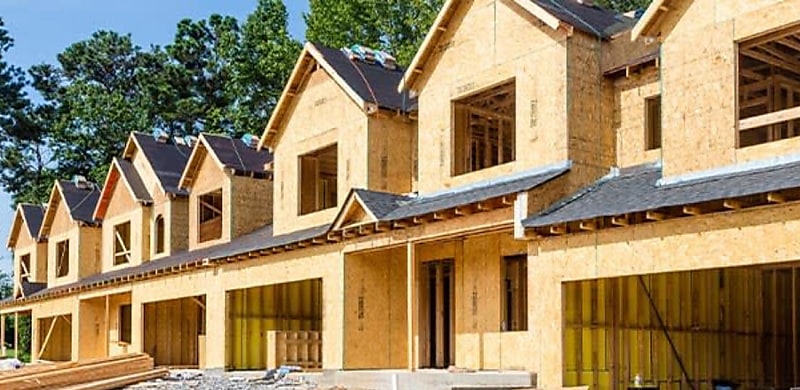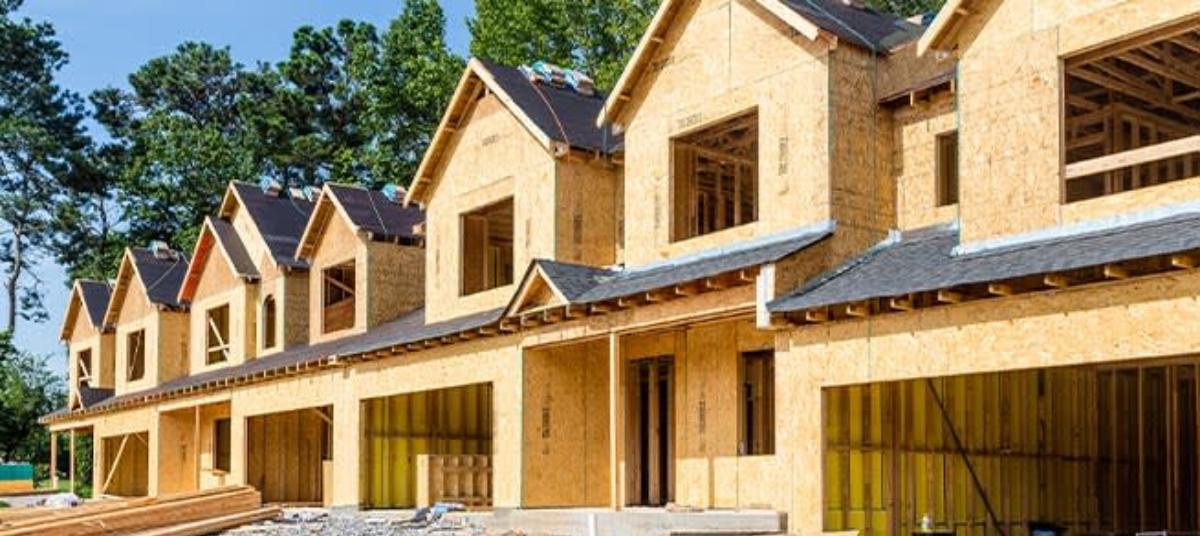
While building approvals and commencements are growing, the pace of new housing supply is still below those needed to meet ambitious national targets.
The latest figures from the Australian Bureau of Statistics (ABS) have revealed there was an increase in new construction activity in March 2025, though the overall trajectory and the ability to meet long-term housing goals remain subjects of debate among industry observers.
According to the ABS, total dwelling unit commencements rose by 11.7 per cent in seasonally adjusted terms in March, reaching 47,645 dwellings.
This uplift was primarily driven by a significant 21.8 per cent increase in private sector other residential dwellings, which hit 18,161 dwellings, following a 2.0 per cent fall in the December quarter.
New private sector house commencements also saw a positive shift, rising 6.3 per cent to 27,923 dwellings, after a 6.3 per cent decline in the previous quarter.
As of the March quarter, there were 219,883 total sector dwellings under construction, including 86,341 new houses.
In terms of completions, 43,517 dwellings were finalised in the March quarter in seasonally adjusted terms. However, private new house completions fell 1.3 per cent from December to 27,663 dwellings and private new other residential completions saw a sharper decline of 9.3 per cent to 15,190 dwellings.
Matthew Hassan, head of Australian macro-forecasting at major bank Westpac, noted that the more detailed data points to “swings” concentrated in the “lumpy ‘high rise’ segment”, with a recent jump observed in NSW.
While private detached houses recorded a slight 0.5 per cent gain in the month, Hassan described the trend as “positive", but “not particularly strong or convincing”.
He highlighted mixed conditions across states, with solid double-digit annual growth in non-high-rise approvals in South Australia, Western Australia, and Queensland, but a slower pace in NSW and a modest decline in Victoria.
He added that where growth has occurred, it has become “more questionable over the last six months”, with South Australia being the main exception.
Renovation approvals are also “looking lacklustre”, according to Hassan. Despite a “reasonable 3.2 per cent” increase in the value of renovation approvals in May, momentum remains “unconvincing”.
Conversely, the picture for non-residential building was looking “more positive but also more volatile”, with the value of approvals dropping 22 per cent in May, but still up over 20 per cent on a rolling three-month average.
Overall, the total value of building approvals, combining residential and non-residential, is up a “robust 19 per cent year” over the March quarter, with Victoria, Western Australia, and South Australia all tracking over 30 per cent gains.
For dwellings, the overall level of approval numbers is “reasonably firm”, tracking around 175,000 for 2025, compared to 170,000 in 2024 and 165,000 in 2025.
However, the major bank forecaster cautioned that the “lack of direction for monthly approvals since the start of the year suggests the growth pulse is fading”, noting that interest rate cuts could restart momentum, but often take “a quarter or two to have a meaningful effect on approvals”.
Similarly, Simon Arraj, founder and responsible manager of private lender Vado Private, believes that further cuts in interest rates this year “could stimulate construction activity and help to lift housing supply” in Australia’s major cities, which are facing a “crucial shortage of homes”.
He pointed out that the 43,517 dwellings were completed in the March quarter in seasonally adjusted terms, down 4.7 per cent from a year earlier. That also compared to more than 47,000 dwellings completed in March 2020 and around 45,600 in March 2021.
Arraj stated: “While we are still seeing lower building approvals for dwellings compared to four or five years ago, the restriction in housing supply could ease if interest rates continue to fall. This could encourage greater housing construction, which is essential to alleviating the shortage of housing accommodation in Australia.”
He highlighted that “new housing supply is currently near decade lows, with only 177,000 new homes completed in 2024”.
These “lacklustre figures” coincide with Australia marking one year into the five-year National Housing Accord, which targets 1.2 million well-located homes by 30 June 2029.
However, the National Housing Supply and Affordability Council (NHSAC) in its 2025 State of the Housing System report expects only 938,000 dwellings to be built nationwide by mid-2029. Separately, the Urban Development Institute of Australia (UDIA) 2025 State of the Land Report forecast a supply shortfall of approximately 400,000 dwellings for the combined capital cities by 2029, attributed to persistent underbuilding relative to population growth and ongoing challenges in the construction sector.
Given this shortage, Arraj suggested “further gains in property prices in Australia over the remainder of the year, especially if the central bank cuts interest rates again”.
However, he acknowledged the uncertainty of such cuts, as the central bank “may not want to risk re-igniting inflation”, potentially keeping interest rates on hold in the second half of 2025, with the RBA’s 2–3 per cent inflation target remaining a key focus.
The ABS data comes as the Housing Industry Association (HIA) revealed that sales of homes hit their highest level in almost three years.
According to the HIA New Home Sales report, a monthly survey of the largest volume home builders in the five largest states, sales of new detached homes increased by 18.8 per cent in the three months to June 2025 compared to the previous three months.
HIA chief economist Tim Reardon attributed this rise to “the impact of two cuts to the cash rate this year and EOFY incentives that have been on offer given the competitive nature of the home building market”.
He further noted that “the increase in new home sales is supported by low levels of unemployment, recovering real wages and elevated housing demand from ongoing population growth”.
Sales of new homes were higher in all states in the three months to June compared to the previous quarter, despite a drop in sales in the most recent month in NSW, Victoria, and Western Australia.
However, “the volume of sales in New South Wales and Victoria remain very low with elevated land costs holding back Australia’s largest states for longer than the more affordable states”. Queensland and South Australia saw sales increase in June, pushing them to multi-year highs.
Western Australia’s builders continue to face constraints due to labour shortages, despite an ongoing $10,000 incentive for construction workers to relocate to the state.
Reardon concluded: “Despite expected further cuts to the cash rate and a recovery in market confidence, there remains a shortage of housing in Australia due to the tax and regulatory barriers to increasing supply. All states experienced increased new home sales in the June quarter 2025 compared to the previous quarter, led by Victoria (+27.7 per cent), followed by Queensland (+26.2 per cent), Western Australia (+11.3 per cent), South Australia (+9.9 per cent), and New South Wales (+9.3 per cent).”
Concerns about a housing shortfall have been stoked over the past few weeks, after it was revealed Treasury officials believe the government’s target to build 1.2 million homes by 2029 “will not be met”.
Major lender Commonwealth Bank of Australia (CBA) has also urged the government to consider policy reforms to address housing affordability, warning the problem was “arguably the most immediate economic policy issue” for younger Australians and those on lower incomes.
[Related: ‘Urgent’ reforms needed to fix housing crisis: CBA]
